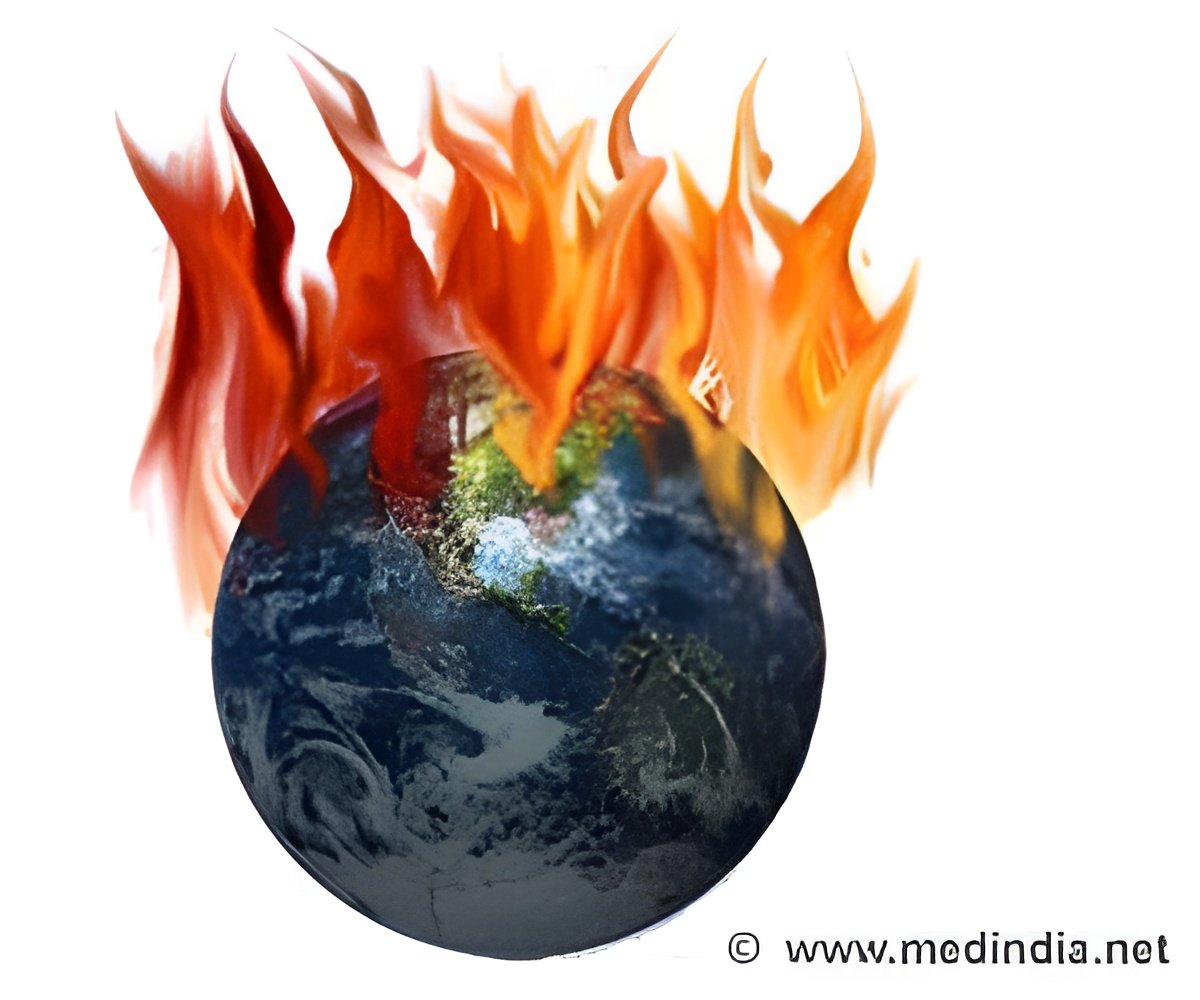
Analysis of computer simulations from 14 climate models indicates wet regions of the world, such as the equatorial Pacific Ocean and Asian monsoon regions, will see increases in heavy precipitation because of warming resulting from projected increases in carbon dioxide levels.
Arid land areas outside the tropics and many regions with moderate rainfall could become drier.
The analysis provides a new assessment of global warming's impacts on precipitation patterns around the world.
"In response to carbon dioxide-induced warming, the global water cycle undergoes a gigantic competition for moisture resulting in a global pattern of increased heavy rain, decreased moderate rain, and prolonged droughts in certain regions," William Lau of NASA's Goddard Space Flight Center in Greenbelt, Md., and lead author of the study said.
The models project for every 1 degree Fahrenheit of carbon dioxide-induced warming, heavy rainfall will increase globally by 3.9 percent and light rain will increase globally by 1 percent.
Advertisement
Areas projected to see the most significant increase in heavy rainfall are in the tropical zones around the equator, particularly in the Pacific Ocean and Asian monsoon regions.
Advertisement
The models also projected for every degree Fahrenheit of warming, the length of periods with no rain will increase globally by 2.6 percent.
In the Northern Hemisphere, areas most likely to be affected include the deserts and arid regions of the southwest United States, Mexico, North Africa, the Middle East, Pakistan, and northwestern China.
In the Southern Hemisphere, drought becomes more likely in South Africa, northwestern Australia, coastal Central America and northeastern Brazil.
The study is published in the American Geophysical Union journal Geophysical Research Letters.
Source-ANI








